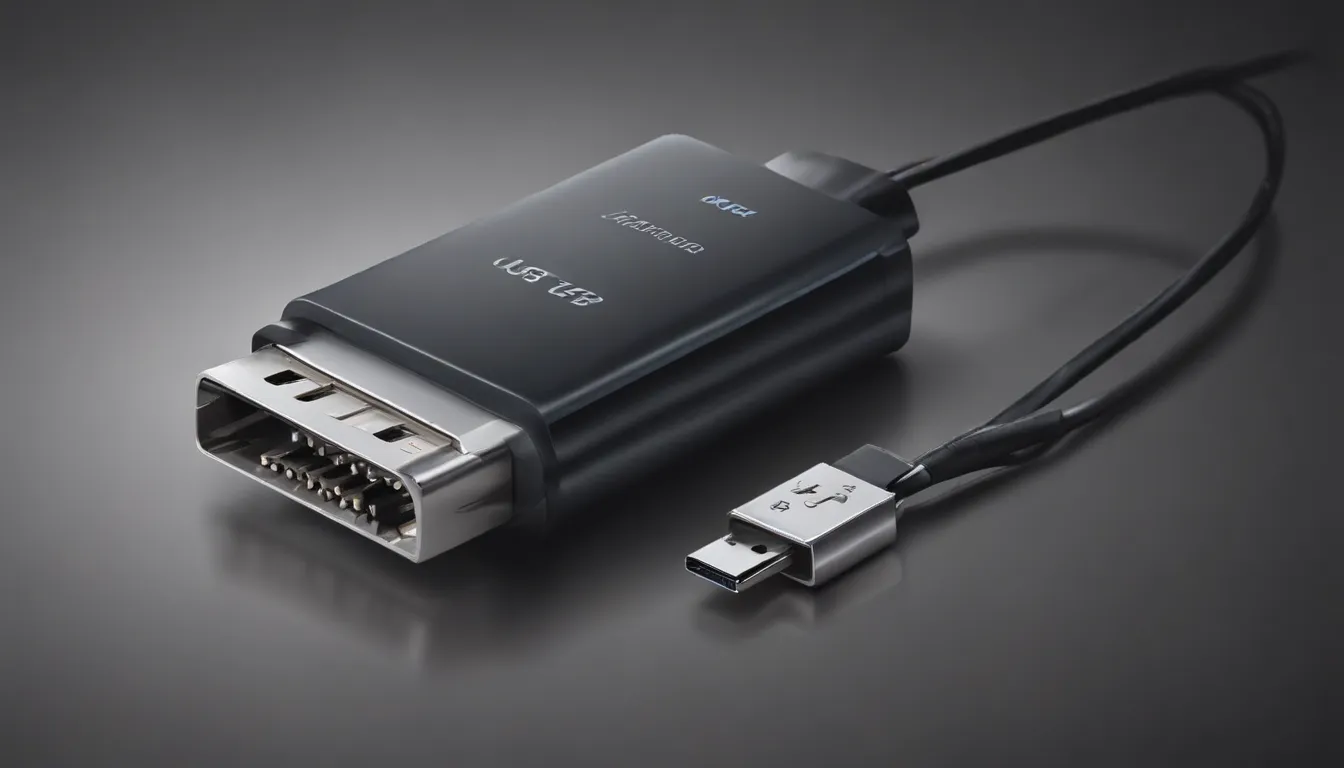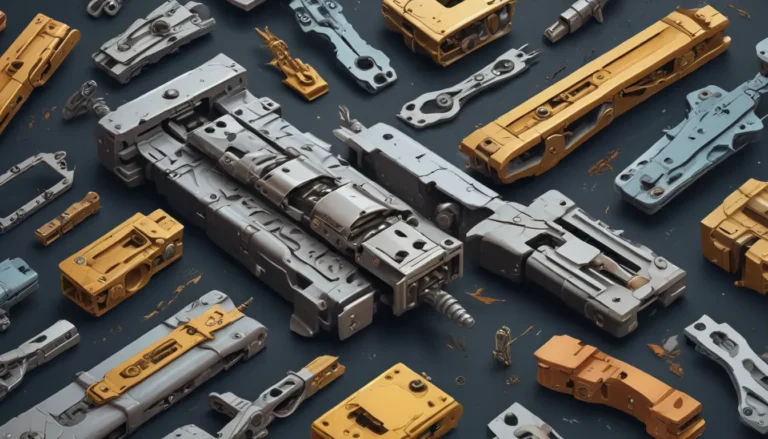A Note About Images: The images used in our articles are for illustration purposes only and may not exactly match the content. They are meant to engage readers, but the text should be relied upon for accurate information.
In the fast-paced digital world we live in, USB cables play a crucial role in connecting and charging our devices. Among the various types of USB connectors available, USB-A stands out as a widely recognized and used standard. Its rectangular shape and universal compatibility make it a staple in many electronic devices. In this comprehensive guide, we will delve into the world of USB-A, exploring its history, evolution, and significance in our daily lives. From its humble beginnings to its enduring presence in modern technology, USB-A continues to be a vital component that keeps us connected and powered up. Join us on a journey as we uncover 17 fascinating facts about USB-A that will deepen your understanding of this essential connector.
The Origins of USB
USB, short for Universal Serial Bus, was developed in the mid-1990s by a consortium of tech giants, including Intel, Compaq, Microsoft, and IBM. Their collective goal was to create a standardized interface that could connect various devices to computers seamlessly. This revolutionary concept laid the foundation for modern digital connectivity, allowing for the transfer of data and power between devices of all kinds.
- USB 1.0: The first version of USB was introduced in January 1996, with USB 1.1 following in August 1998, offering improved data transfer rates and widespread adoption.
- USB 2.0: Launched in April 2000, USB 2.0 brought significant speed enhancements, boasting speeds up to 480 Mbps.
- USB 3.0: November 2008 saw the release of USB 3.0, which further increased data transfer rates to up to 5 Gbps, a tenfold improvement over USB 2.0.
- USB4: The latest iteration, USB4, ushered in a new era of connectivity in 2019, supporting speeds of up to 40 Gbps with compatible devices and cables.
The Versatility of USB-A
USB-A, with its familiar rectangular shape, is the original USB connector that has become synonymous with universal compatibility. Despite the introduction of newer USB standards, USB-A continues to be widely used across a multitude of devices.
- Foolproof Design: USB-A ports are designed to be inserted in only one orientation, reducing the risk of damage to the port or plug.
- Wide Compatibility: Many electronic devices, from keyboards to external hard drives, utilize USB-A connections for data transfer and power supply.
USB-A in Everyday Use
The ubiquity of USB-A extends beyond basic data transfer, with the connector playing a vital role in our daily lives in various applications.
- Charging Devices: USB-A ports are commonly used to charge smartphones, tablets, and other gadgets, even if they use different USB standards for data transfer.
- Peripheral Connectivity: Keyboards, mice, and other peripherals often rely on USB-A connections to interface with computers and laptops.
- Power Delivery: Public charging stations and portable power banks frequently feature USB-A ports, making it a prevalent choice for powering up devices on the go.
The Enduring Legacy of USB-A
While newer USB standards continue to evolve, USB-A remains a staple in the realm of digital connectivity, showcasing its enduring popularity and versatility.
- Coexistence with USB-C: Many new computers and laptops feature both USB-A and USB-C ports, offering users a range of connectivity options.
- Adaptability: Manufacturers often include adapters with USB-C devices, ensuring backward compatibility with USB-A ports for seamless integration.
- Longevity: With over 10 billion USB devices shipped worldwide, USB-A’s durability and reliability are evident, making it a trusted choice for many applications.
Intriguing Insights About USB-A
Beyond its technical specifications and practical applications, USB-A harbors a treasure trove of fascinating facts that shed light on its unique characteristics and design nuances.
- Asymmetrical Design: The intentional asymmetry of USB-A plugs prevents incorrect insertion, following the Japanese manufacturing concept of “poka-yoke” for error-proofing.
- Durability: USB-A connectors are built to withstand over 1,500 plug and unplug cycles before showing signs of wear and tear, ensuring long-lasting performance.
- Charging-Only Cables: Some USB-A cables are specifically designed for charging purposes and do not support data transfer, leading to confusion for users trying to sync devices.
USB’s Ongoing Evolution
As we reflect on USB’s transformative journey from its inception to the present day, we witness a remarkable evolution in technology that has reshaped the way we interact with our digital devices. From the humble beginnings of USB-A to the cutting-edge advancements of USB-C, the trajectory of USB signals a commitment to speed, efficiency, and user-centric design. Looking to the future, we anticipate even faster data transfer rates and enhanced compatibility that will elevate our digital experiences to new heights. By embracing these innovations, we can look forward to a seamless and integrated digital ecosystem powered by USB’s unwavering legacy. Join us as we celebrate the past, present, and future of USB, paving the way for a connected world filled with endless possibilities.
This engaging exploration of USB’s history, technological advancements, and practical applications aims to enrich your understanding of this ubiquitous connector, shedding light on its significance in our tech-savvy world. As we embark on this journey of discovery, let’s celebrate the remarkable legacy of USB-A and its enduring impact on the way we connect, charge, and communicate in the digital age.






